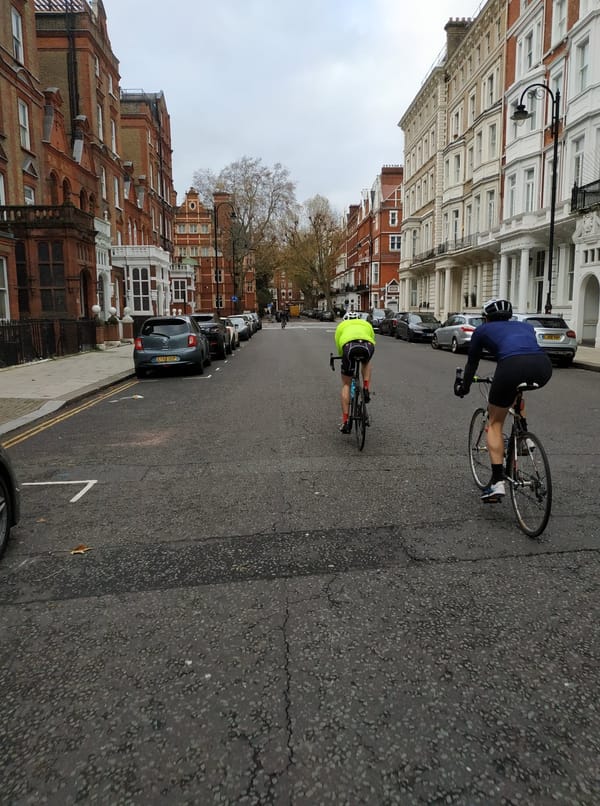Week two: Strength circuits
Sports editor Amanda Barden continues her series on exercises that you can do at home. This week, strength training.
Set A: 1 min on, 15 seconds off. Repeat three times without rest in- between. 1.Alternate leg lunges2.Front plank3.Burpees 4.Sit-ups
Rest for 2 min
Set B: 1 min on, 15 seconds off. Repeat three times without rest in- between. 1.Press-ups2.Squats3.Side plank4.Russian twists
Cool down: 5 min static stretching.Do whatever you are most comfortable with and know works for you.
One week down and three more to go. This week I will talk you through a basic strength training session. I’ve come up with this idea because we know how difficult it is to motivate yourself sometimes to create an exercise and have it be creative enough so you aren’t bored with limited equipment. My suggested circuit should take you 30 to 45 minutes to complete and is a whole-body workout. If you want to focus on your upper body or your lower body, then just take the exercises which apply to either and do multiple more of them.
Remember to always warm up and stretch before and after you do any exercise. We’ve set up the circuit to work with a timer as the exercises are set to time rather than a set amount. I find it easier to work out like this then to specific numbers; I think it allows you to change the intensity of the workout depending on how you feel that day as well as easily allow for improvements. The exercises are split into two sections allowing for a short break in between. On the side you can see the exercise we’ve created; I want to walk you through a couple of them to point out things to focus on. With the warm-up, I’ve given you a couple of ideas of what to do, but feel free to focus on stretching parts of the body that you need to. In circuit A, we’re looking at alternate leg lunges. You can make this exercise more difficult by holding a weight (could even be a milk carton) in your hands or if you’re lucky enough to have a weights bar, you can load it up.
If you’re adding weights, make sure that your technique is good and that you have a straight back otherwise you may risk injury. Make sure that at the bottom of the lunge both of your legs are at 90° angles. In the plank, make sure your body is in a straight line from your ankles through to your shoulders. Try your best not to cheat by slouching or raising your bottom.
You can make this exercise harder by raising a foot at a time an inch or two off of the floor. With burpees, you can increase the intensity by how large your range of movement is. You can begin with half burpees, then progress to dropping on the floor when you’re down in a plank position to then doing a press up. The more time you take in the plank position, or press up, or squat, the harder it will be. The same rule applies with sit-ups, the longer you take with the crunch, the more difficult it will feel. Now we’re on to circuit B. With press-ups, make sure you keep your head facing the floor, your hands should be shoulder width apart for comfort.
Of course, you can also do these on your knees if you need to. For squats, make sure your knees go to 90° and that your lower back is straight. On to side planks, make sure the top of your hip is over the bottom one and make sure your body is straight. For this exercise, change sides after 30 seconds. And finally, on to Russian twists. Make sure you’re going slowly from side to side and that your alternate hand touches the floor when you get to the side. To make it more difficult, you can do these with a small weight, you can lift your feet off the floor, or move your stretch out more. And last but not least, the cool-down. Make sure for this you stretch out any muscles that feel tired and tight. Start from your neck and go all the way down to your ankles; I find having a systematic way of going about it makes it easier for me and I don’t forget what to do next.







